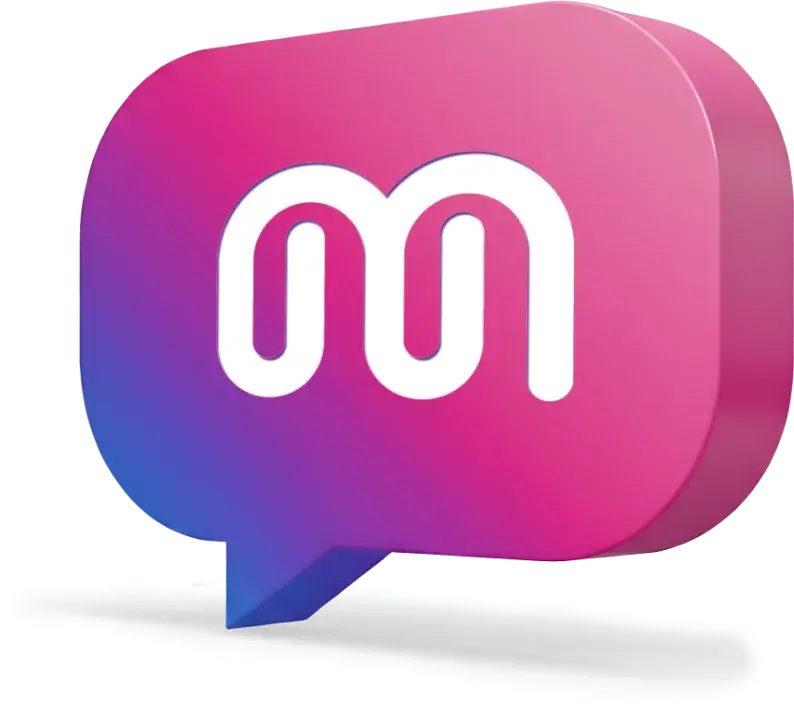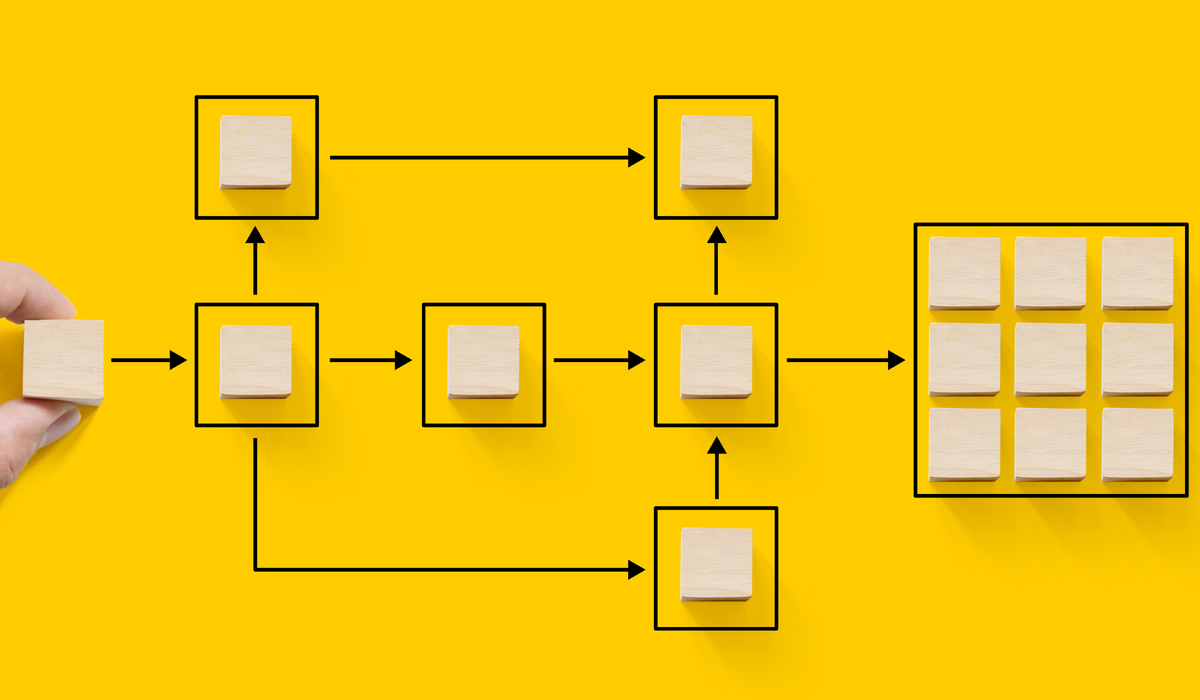SECTION
How to Craft the Perfect Performance Management Framework for Your Organization

Listen to this article:
Effective performance management is crucial for employee and business growth in today's fast-paced business environment. A well-structured performance management framework not only helps measure and enhance performance but also aligns individual activities with the organization's strategic objectives.
This blog post covers the essentials of a performance management framework, and provides actionable steps to create one that delivers tangible results.
What is a performance management framework?
A performance management framework is a structured approach organizations use to measure, manage, and enhance team performance. It encompasses a variety of processes and tools designed to help align employee activities and outcomes with the organization's strategic objectives.
Such a framework typically includes goal-setting, monitoring and feedback, development and training, recognition and rewards, and writing good performance reviews.
Why are performance management frameworks important?
Performance management aims to empower employees to develop so they can drive success and performance. While many organizations want to achieve this through a sustainable framework, some still choose annual performance management reviews.
Annual performance reviews don’t support development, alignment, transparency, and improvement. On the other hand, an agile performance management framework, paired with modern performance management software like Mirro, can do wonders for a company’s growth and be the link between learning, performance, and better business outcomes.
A modern performance management framework enhances employee performance by providing clear objectives, enabling people to meet expectations, boost productivity, and deliver higher quality work. This approach bridges the gap between annual reviews and development plans and increases engagement and retention, as people want to stay longer with a company that invests in their development.
👉 Do you want to learn more? Continue reading our article on the benefits of performance management.
Five steps to creating a performance management framework that delivers results
The right framework provides a pathway for people to clarify expectations, receive feedback, develop their skills, understand their contributions to the organization, and achieve individual and company goals.
A performance management framework should be dynamic and adaptable to company changes. Although you need a clear structure, as leaders, you can't just set the framework and forget about it. An effective framework evolves with your organization and your people’s needs. Here are five steps every organization should take to create a performance management framework that actually works.
1. Establish your performance review cadence
First, you need to consider how frequently performance reviews will occur. Think of the cadence that would be most effective for your team. As previously mentioned, annual reviews, for instance, are rigid and don’t support continuous growth.
Forward-thinking companies conduct performance reviews every three months. Most performance review software out there, including Mirro, supports this approach. This cadence ensures timely and relevant feedback while keeping people engaged and focused.
As the co-founder and Chief Operations Officer of Zitec, I have focused on building a culture of continuous learning and team development while encouraging teams to adapt and innovate, creating a safe, trusting environment.
One process contributing to this positive working environment is having performance check-ins every three months. This cadence works best for us because it makes people feel in control of their development. Performance check-ins are entirely hosted in Mirro, and managers are notified about everything they need to know about their people.
 Mirro's check-ins report
Mirro's check-ins report
2. Set business-aligned goals
The foundation of a successful performance management framework begins with a clear understanding of your company’s strategic goals and the metrics that will measure progress toward these goals.
So, after establishing the performance review cadence, outline the key goals your organization aims to achieve. These should be aligned with your long-term vision and mission. Then, identify specific, quantifiable metrics to track progress toward your strategic objectives. These metrics should be relevant, attainable, and time-bound.
Zitec uses the OKRs methodology to establish clear objectives and actions for every team member to follow. This ensures that everyone’s efforts are aligned with the broader organizational objectives. Every quarter, we set company-wide goals to which we align departmental and individual objectives.
We use Mirro’s OKR software to achieve complete goal alignment. Our people understand their impact and contribution to the business outcome, have ownership over their goals which empowers and motivates them, and managers have an overview of their team members’ performance and progress at all times.
 Mirro's OKRs overview
Mirro's OKRs overview
3. Build a culture of continuous feedback
Continuous feedback is essential for fostering a culture of ongoing improvement and development. It’s the link between performance, learning, and growth. Implementing a continuous feedback loop helps employees stay on track, feel supported, and make adjustments in real-time, leading to better performance outcomes.
So, regardless of the preferred performance review cadence, I advise integrating ongoing feedback into your culture. You can start by encouraging your managers to have frequent one-on-one meetings with their people to discuss progress, challenges, and areas for improvement.
Keep in mind that feedback doesn’t always have to be official. Unlike check-ins, which call for a meeting, providing ongoing feedback could simply entail a simple message on a group chat or forwarding the most recent client review.
Another way to integrate continuous feedback easily into the culture is to implement an employee feedback software. For example, at Zitec, we share and request feedback from peers inside and outside the organization using Mirro. With the help of feedback received, managers can measure team and individual contributor impact.
 Mirro's feedback feed
Mirro's feedback feed
4. Encourage public recognition
Recognizing and celebrating people’s achievements publicly is a powerful motivator. Public recognition boosts morale and reinforces desired behaviors and performance standards, driving higher engagement and retention.
You can leverage employee recognition software like Mirro to publicly acknowledge achievements, allowing for company-wide visibility, which is what the Zitec team does. Giving recognition has become a source of energy for most colleagues, as they can get an instant taste of their colleague’s daily wins and celebrations that otherwise might get lost and uncelebrated.

Mirro's kudos feed
5. Plan out your data reporting
Data reporting is critical for measuring the effectiveness of your performance management framework and making informed decisions. So, it is important to gather data on performance indicators and use this analysis to identify performance trends, areas for improvement, and potential issues.
You can do this reporting manually, collecting data from various sources, or using software to do all the work. For instance, Mirro’s performance insights show general statistics such as time since the last check-in, the number of managed people by each manager, review duration per performance manager, review duration distribution, and time to finalize check-ins.
By leveraging data, you can continuously refine your performance management processes, ensuring they deliver the desired results and support the organization’s strategic goals.

Mirro's performance insights dashboard
Ready to implement a performance management framework?
Implementing an effective performance management framework is essential for driving organizational success. Organizations can enhance employee performance, engagement, and retention by aligning individual and company goals, fostering continuous feedback, and leveraging data for informed decision-making. Start building a culture of continuous improvement today and witness the transformative impact on your business outcomes.






